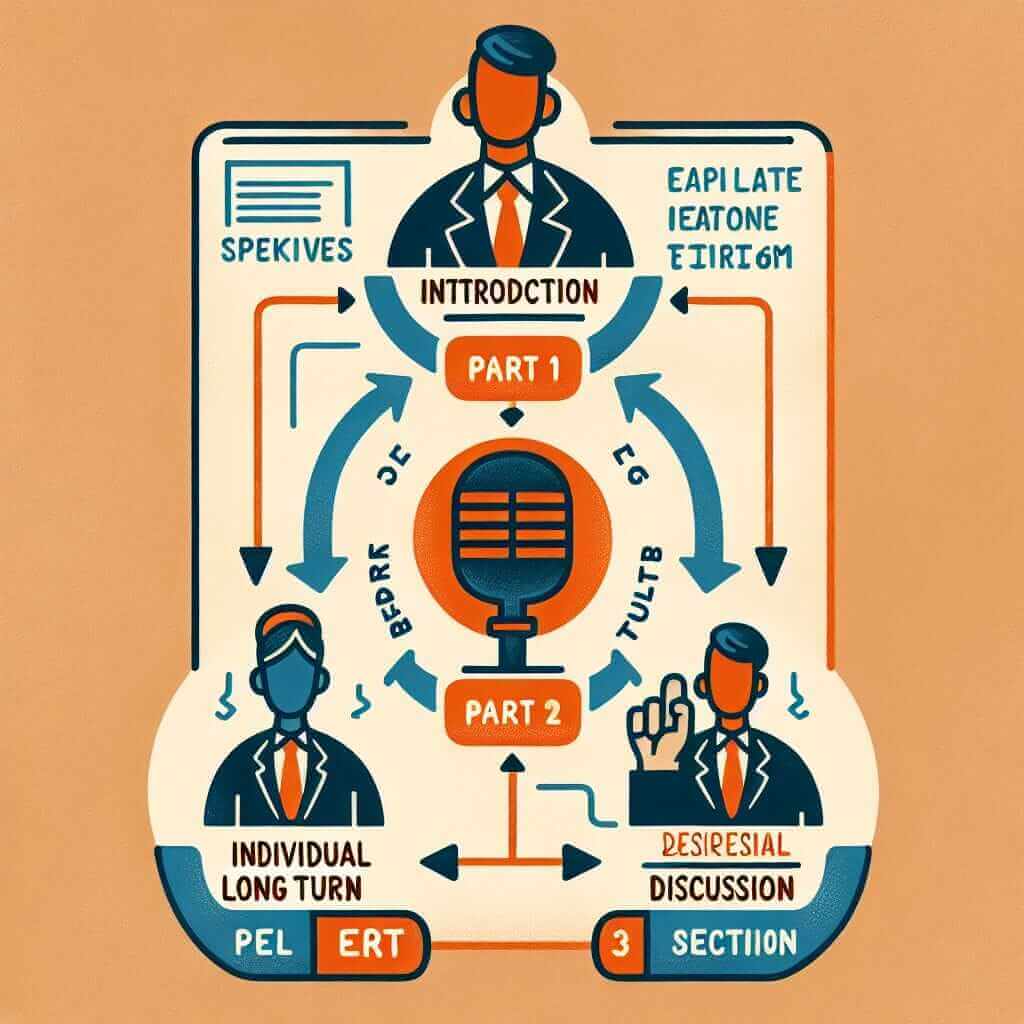The IELTS Speaking test is often seen as one of the most nerve-wracking parts of the exam. It’s natural to want to put your best foot forward and feel confident in the topics you’re discussing. This leads many candidates to wonder, “Can I change the speaking topic in IELTS?”
Let’s address this question directly and explore how to navigate the speaking test effectively.
Understanding the IELTS Speaking Test Format
The IELTS Speaking test consists of three parts:
- Part 1: Introduction & Interview: This section involves general questions about yourself, your interests, and familiar topics.
- Part 2: Individual Long Turn: You’ll receive a cue card with a specific topic. You have one minute to prepare and then speak for 1-2 minutes.
- Part 3: Discussion: This section involves a more in-depth discussion related to the topic in Part 2.
Can You Choose or Change the Speaking Topic?
The short answer is no, you cannot directly change the speaking topic given to you in Part 2 of the IELTS Speaking test. The examiner selects the topic from a predetermined set of questions.
Why You Shouldn’t Try to Change the Topic
Attempting to change the topic can work against you in several ways:
- It disrupts the flow of the test: The examiner has a structured format to follow. Trying to deviate from it can confuse them and affect your coherence score.
- It raises red flags: The examiner might perceive your attempt as an inability to understand or respond to the given task.
- It wastes valuable time: Instead of brainstorming relevant ideas, you’ll be trying to come up with a completely different topic, which might not even be suitable.

What You Can Do to Feel More Confident
While you can’t change the topic entirely, you have some flexibility within the given framework:
- Make connections: Even if the topic seems unfamiliar, try to find links to your own experiences or knowledge. For example, if the cue card asks about a historical event you’re not familiar with, you can talk about a similar event in your country’s history.
- Be creative with interpretation: Don’t feel limited by a literal interpretation of the topic. If the cue card asks about a time you helped someone, you can talk about a time you offered advice, support, or even a helping hand.
- Use your preparation time wisely: The one-minute preparation time is crucial. Use it to jot down keywords, brainstorm ideas, and structure your response.
- Focus on fluency and coherence: The examiner assesses your ability to communicate effectively. Speak clearly, use linking words, and present your ideas logically.
Example:
Let’s say the cue card asks you to describe a memorable journey you took. You might not have traveled extensively, but you can talk about a significant journey within your city or town. Perhaps you moved houses, or maybe you discovered a new favorite spot that you visit regularly. The key is to adapt the topic to your own experiences.
Conclusion
While you can’t change the speaking topic in the IELTS Speaking test, remember that the examiner is looking for your ability to communicate effectively within a given framework. By understanding the test format, using your preparation time wisely, and thinking creatively, you can confidently tackle any topic that comes your way. Remember, it’s about demonstrating your language skills, not your knowledge on a specific subject.